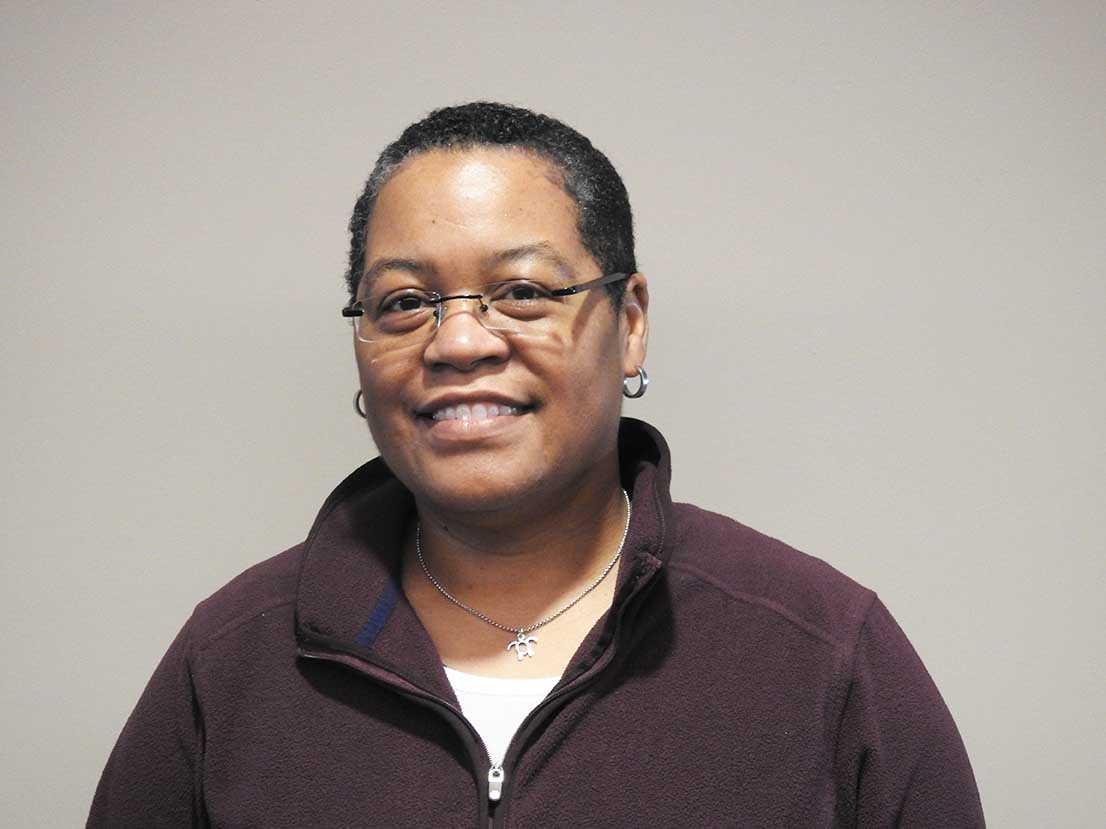Meet…
Cynthia Cully, a well experienced designer and professor, who is eager to guide up and coming creative students.
Why she’s interesting…
Cully received her Bachelor’s degree in Fine Arts just a few blocks away from Sinclair, at the University of Dayton.
She then went on to work in the design industry for a few years, specifically with the company Mead in corporate design, which used to be located right in Dayton.
“We were always working two to three years ahead, so we had to be way ahead of the trends, from what colors to what interests people would be attracted to in the future.”
After working for a while as a designer for Mead, Cully wanted to expand her knowledge in the field and eventually worked her way into the production side of the company which lead her into management.
“I was able to travel out to the printing press in Missouri a lot, as well as go to other places and attend some trade shows. I learned a lot about the corporate world.”
Having this major role in production gave Cully a whole new background perspective in the design world.
“I knew I always wanted to teach, but I had to get my master’s degree, so a year after I started at Sinclair, I began my master’s degree while working a full-time job.”
Cully attended the University of Cincinnati during graduate school. She says she had a really great time there and enjoyed the professors and classes they had to offer.
After Cully completed her master’s degree she stayed at Sinclair to teach a variety of design classes, such as design principles and her personal favorite class, typography.
“Our faculty experiences a lot of growth with our students because the younger generation is so on top of the latest technology. I enjoy seeing where we all come from in this industry. When I started with design, Mac computers were just beginning and before that everything was done with hand. It’s a great advantage being able to see the development of technology in this field.”
Cully wanted to clarify that what the design department does is not necessarily ‘art,’ and by that she clarified, “In design you’re working for someone else and in the fine arts you’re working for yourself. Art is something you love to do and in design you have to be flexible. You have to change based on the client’s vision.”
Cully still occasionally finds time to do freelance design, but her primary devotion right now is helping her students.
“What I really enjoy about teaching is that it’s an exchange of information. It’s not just me filling the student’s head up, it’s an exchange, and I learn a lot from my students.”
Hannah Hamlin
Reporter

